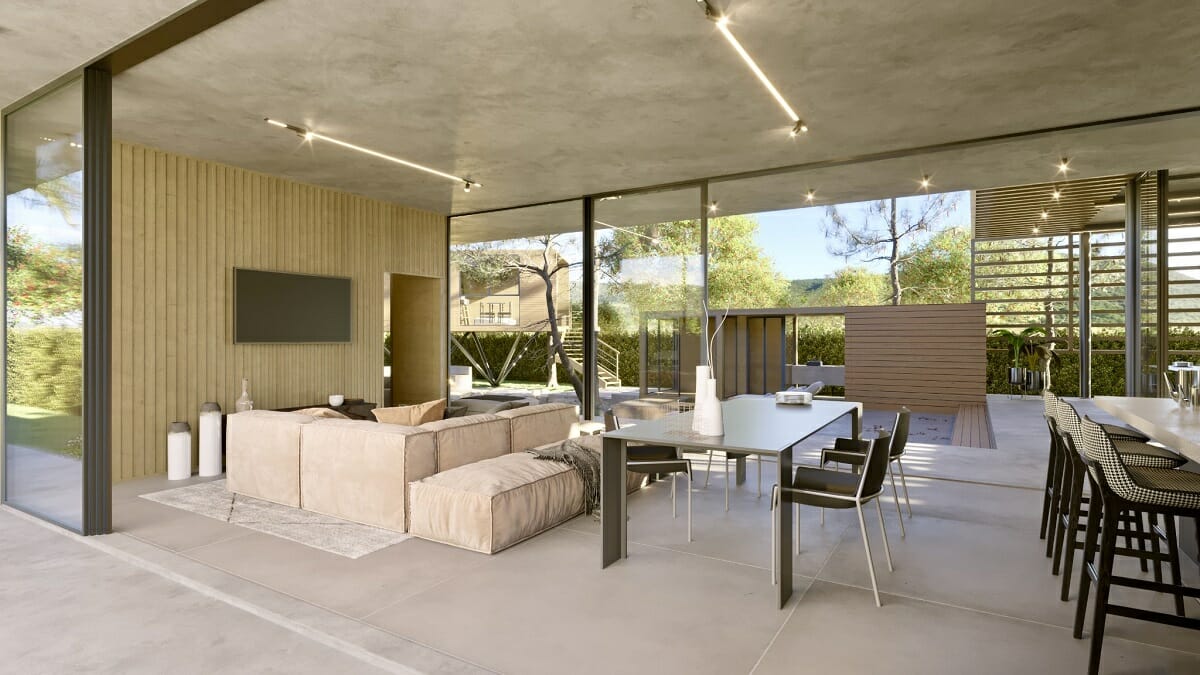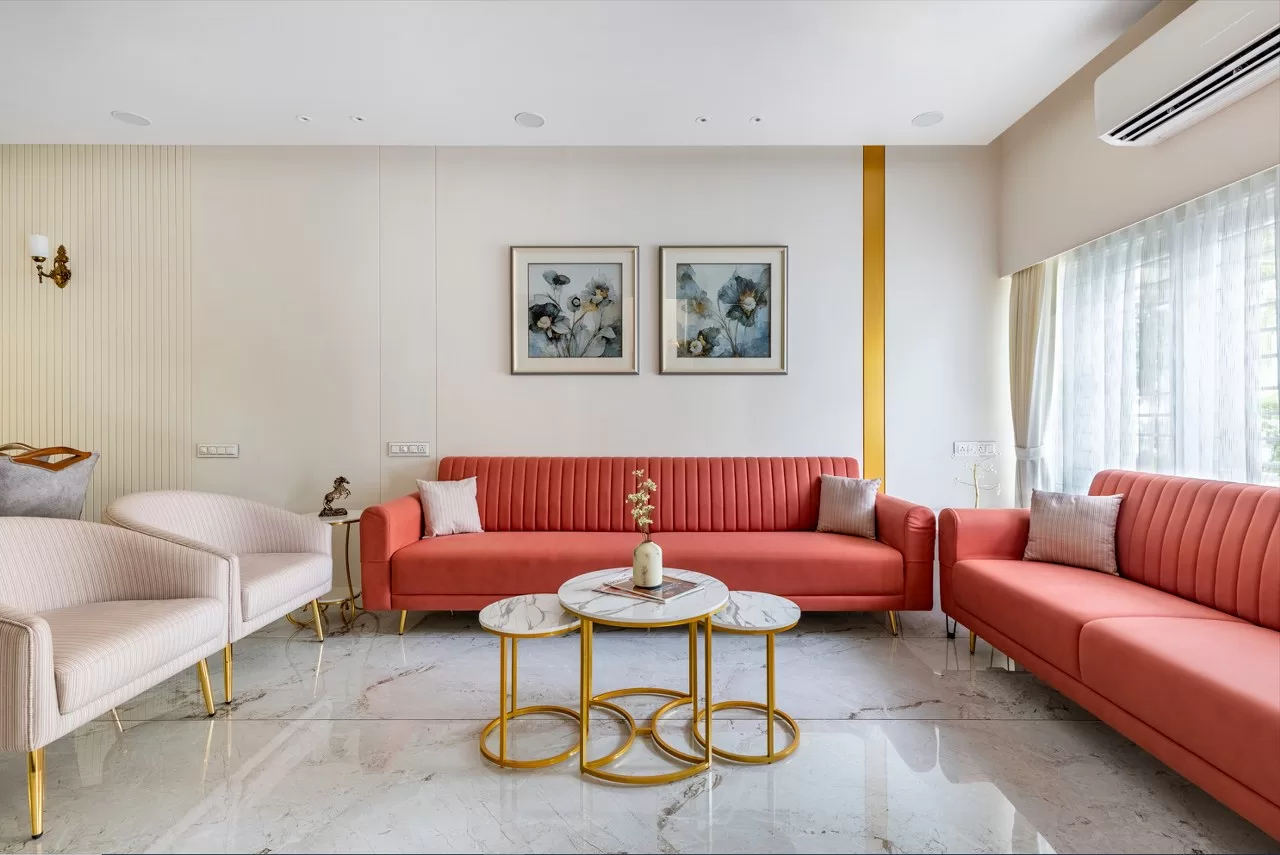Revolutionizing Home Interiors: Trends and Innovations for the Modern Dwelling

The landscape of home interiors is continually evolving, driven by changing lifestyles, technological advancements, and emerging design philosophies. Revolutionizing home interiors involves embracing new trends and innovations that cater to the needs of the modern dweller.
One prominent trend in modern home design is the emphasis on open and flexible spaces. The traditional concept of defined rooms is giving way to multifunctional areas that adapt to various activities. This shift reflects the contemporary lifestyle, where homes serve as not only living spaces but also workspaces, entertainment hubs, and fitness centers.
Smart home technology is playing a transformative role in modern interiors. From automated lighting and climate control to integrated entertainment systems, homeowners now have the ability to control and customize their living environments with a touch of a button. The integration of technology not only enhances convenience but also contributes to energy efficiency and sustainability.
Sustainability is a growing concern in modern interior design. Homeowners are increasingly seeking eco-friendly materials, energy-efficient appliances, and sustainable building practices. The use of recycled and upcycled materials is also gaining popularity as a way to reduce environmental impact and promote a more responsible approach to design.
Minimalism remains a strong influence in modern interiors. Clean lines, uncluttered spaces, and a focus on essential elements create a sense of calm and simplicity. This design philosophy aligns with the desire for a more streamlined and organized lifestyle, especially in urban settings where space is often limited.
Innovative furniture designs are reshaping the way we perceive and interact with our living spaces. Modular furniture, space-saving solutions, and designs that prioritize both aesthetics and functionality are gaining traction. These innovations cater to the dynamic needs of modern living, allowing for versatility and adaptability within the home.
In conclusion, revolutionizing home interiors involves a dynamic blend of emerging trends, technological advancements, and a commitment to sustainable and functional design. As homeowners continue to seek spaces that align with their contemporary lifestyles, the evolution of home interiors remains an exciting and ever-changing journey for both designers and residents alike.

